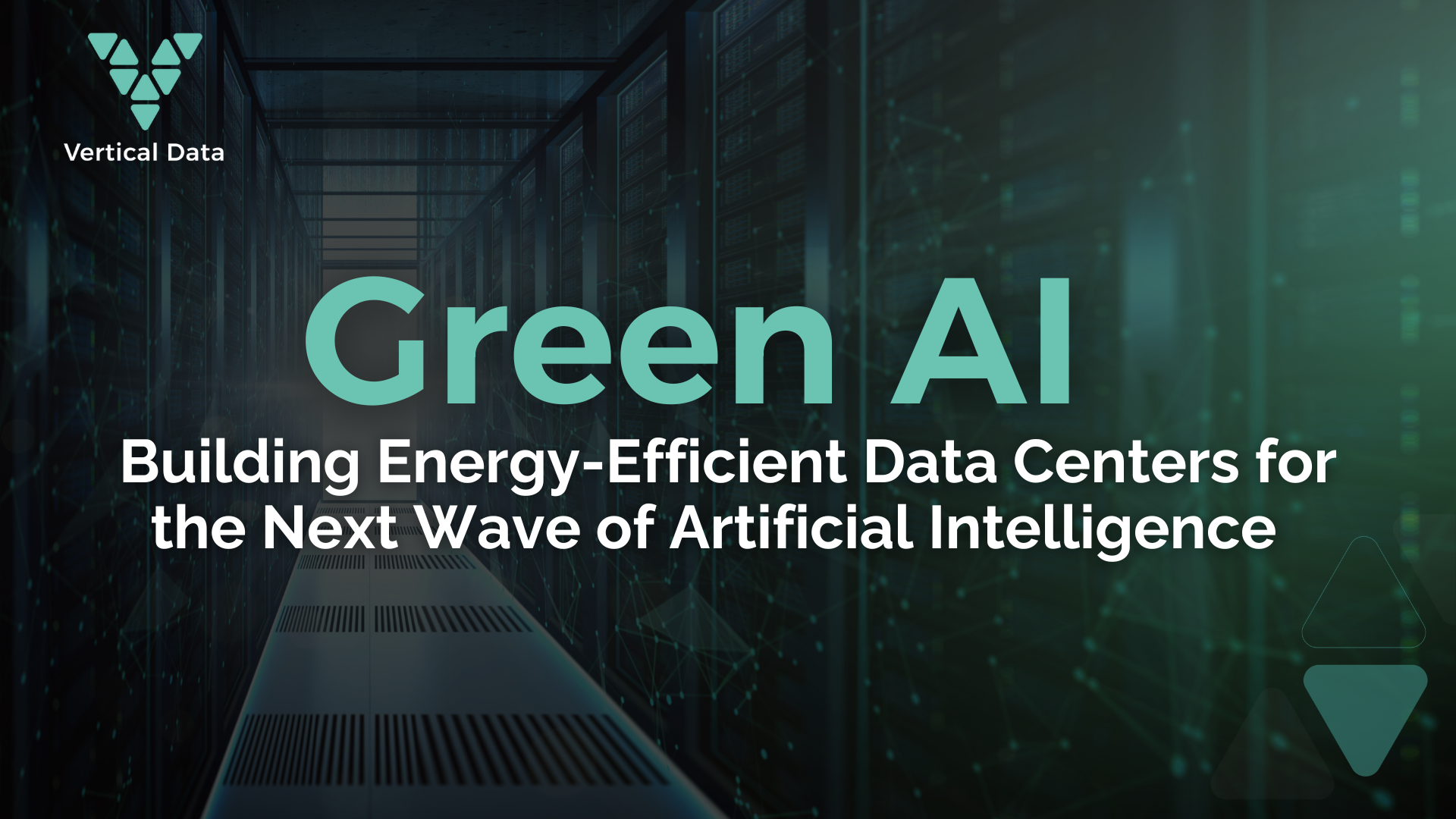Introduction
Artificial Intelligence (AI) is rapidly transforming industries and daily life, driving innovation across countless sectors. However, this technological advancement comes with a significant environmental footprint. The computational demands of training and running complex AI models, particularly large language models and generative AI, require immense amounts of energy, primarily consumed by data centers. As AI continues its exponential growth, the energy consumption of these data centers is projected to skyrocket, posing a substantial challenge to global sustainability efforts.
This growing concern has given rise to the concept of “Green AI” – an approach focused on developing and deploying AI responsibly, with a strong emphasis on energy efficiency and environmental impact reduction. Building energy-efficient data centers is paramount to realizing the full potential of AI without compromising our planet.
The Energy Challenge of AI
The sheer scale of modern AI workloads translates directly into colossal energy demands. Data centers, the backbone of AI operations, are already significant consumers of electricity. Projections indicate that electricity demand from data centers worldwide could more than double by 2030, with AI as the primary driver of this growth. Some estimates suggest that AI-optimized data centers could quadruple their electricity demand by then, potentially accounting for a substantial portion of national grid consumption in some regions. This surge in energy use not only contributes to greenhouse gas emissions, especially when powered by fossil fuels, but also stresses existing power grids and can lead to increased operational costs.
Energy consumption comes not only from CPUs and GPUs, but also from memory, storage, and especially cooling systems. High-performance GPUs, while essential for AI, generate considerable heat, necessitating robust and energy-intensive cooling solutions. Addressing this multifaceted energy challenge requires a holistic approach that spans hardware, software, and data center design.
Strategies for Energy-Efficient AI Data Centers
Building sustainable AI data centers involves implementing a range of innovative technologies and strategies:
- Optimized Hardware and GPU Utilization
- Efficient GPUs: Manufacturers like NVIDIA are continuously developing more energy-efficient GPU architectures. Utilizing the latest generations of GPUs designed for higher performance per watt is crucial. For instance, NVIDIA’s Ampere architecture GPUs offer significant energy efficiency improvements over their predecessors.
- Hardware-Software Co-design: Optimizing AI algorithms and frameworks to run more efficiently on specific hardware can drastically reduce energy consumption. This includes using mixed-precision training, model quantization, and efficient neural network architectures.
- Dynamic Power Management: Implementing intelligent power management systems that can dynamically adjust power consumption based on workload demands, recognizing differences in chip performance, heat tolerance, and energy use, can lead to substantial savings.
- Advanced Cooling Technologies
- Liquid Cooling: Technologies like direct-to-chip liquid cooling and immersion cooling are far more efficient at dissipating heat from high-density GPU racks. These methods can significantly reduce the energy required for cooling and even allow for heat reuse in some cases.
- Free Cooling: Utilizing ambient outside air or water for cooling when environmental conditions permit can drastically cut down overall cooling-related energy consumption.
- AI-Driven Cooling Optimization: AI itself can be used to optimize data center cooling. Machine learning algorithms can analyze sensor data (temperature, humidity, airflow) to predict cooling needs and adjust systems in real time, ensuring optimal thermal management with minimal energy waste.
- Strategic Infrastructure Deployment
Beyond on-premises solutions, companies can leverage specialized colocation facilities designed for high-density AI workloads. These facilities often come equipped with advanced cooling, power infrastructure, and connectivity optimized for GPU-intensive operations, offering a balance between dedicated control and shared resource efficiency. This approach allows businesses to deploy their AI compute in environments specifically engineered for energy efficiency and performance.
- Renewable Energy Integration
Powering data centers with renewable energy sources such as solar, wind, or hydroelectric power is a fundamental step towards Green AI. Investing in renewable energy procurement or on-site generation can significantly reduce the carbon footprint associated with AI operations.
- Data Center Design and Location
Strategic data center design, including modular construction and optimized layouts, can improve energy efficiency. Locating data centers in cooler climates can also reduce cooling loads naturally.
Conclusion
As AI continues to permeate every aspect of our lives, the imperative to develop and deploy it sustainably becomes increasingly urgent. Green AI is not merely a concept but a critical pathway to ensuring that the next wave of artificial intelligence is both powerful and environmentally responsible. By focusing on energy-efficient data center design, optimizing GPU utilization, implementing advanced cooling solutions, and integrating renewable energy, we can build the infrastructure necessary to support AI’s growth without overburdening our planet. The future of AI depends not only on its intelligence, but also on its ability to remain sustainable.


